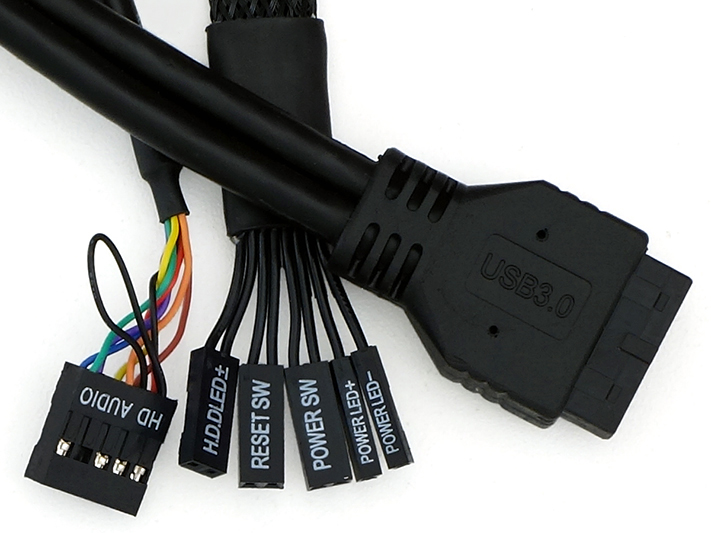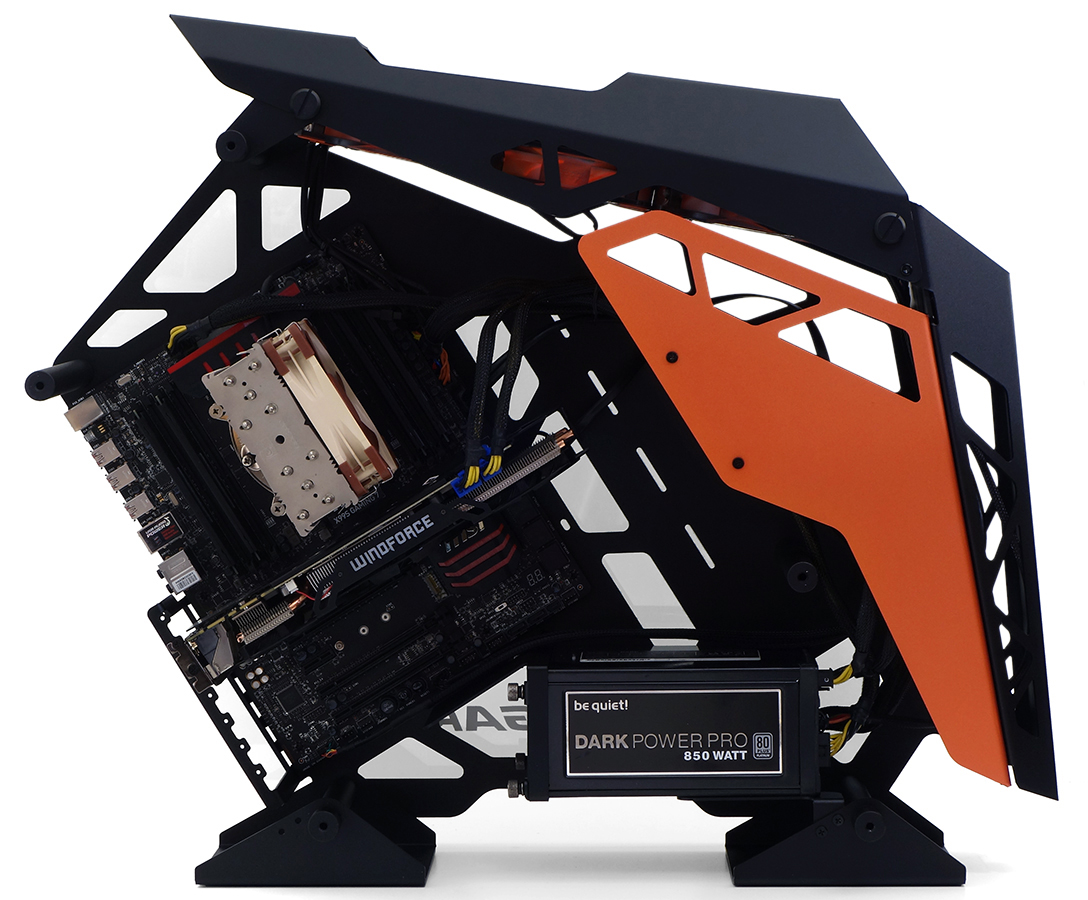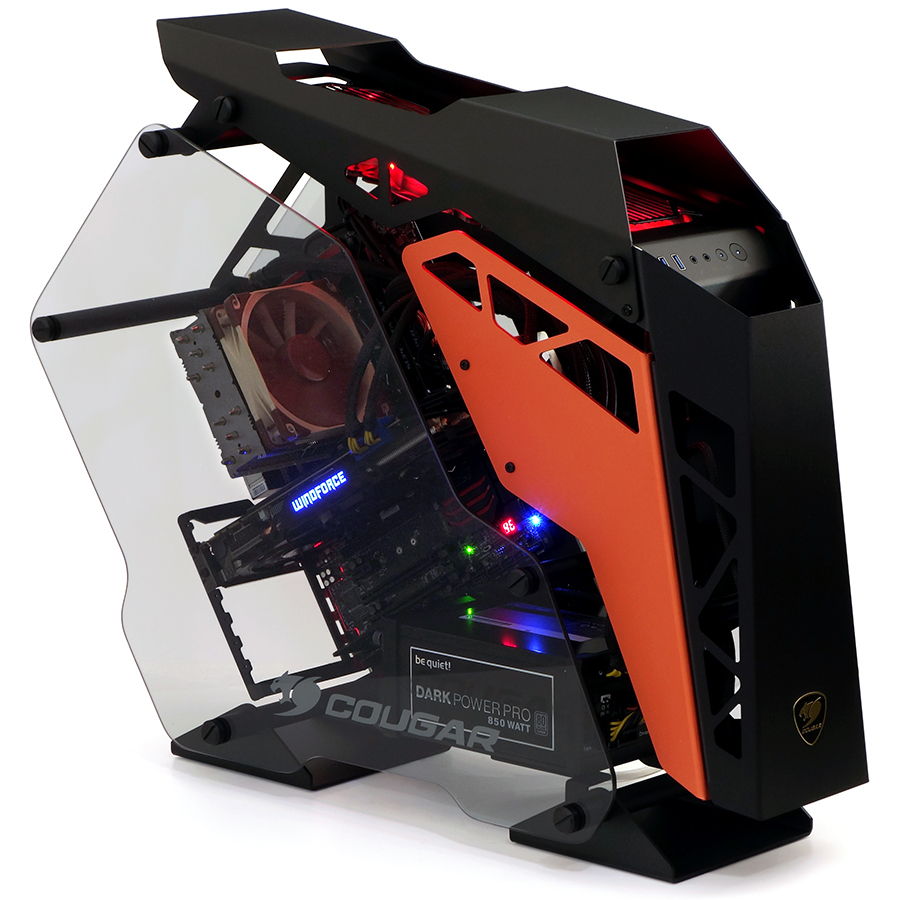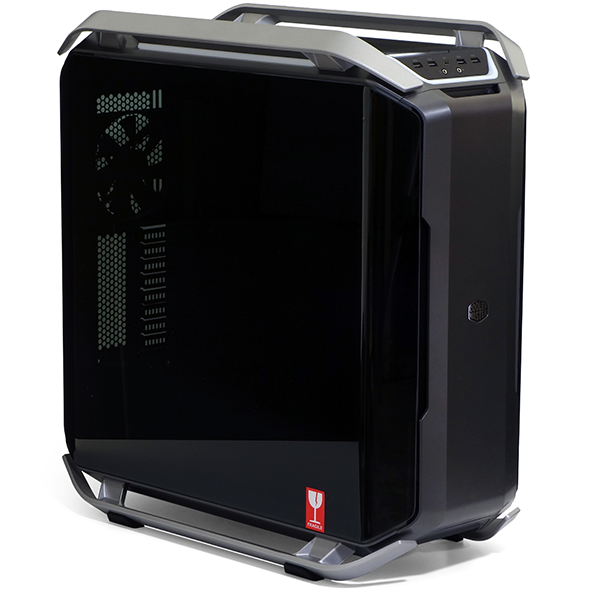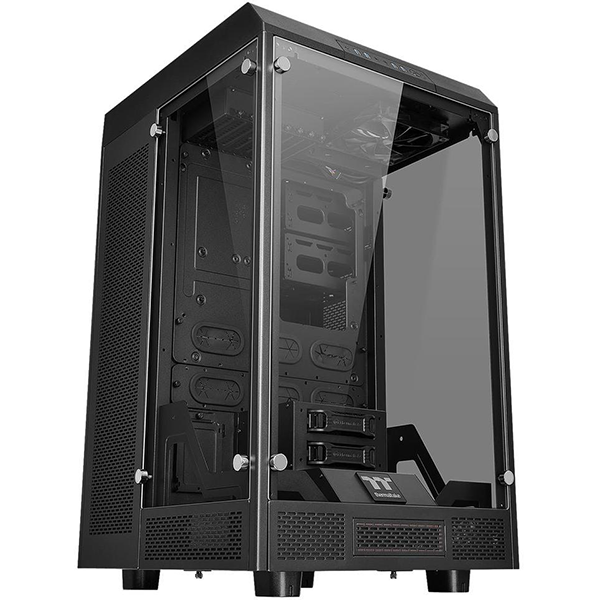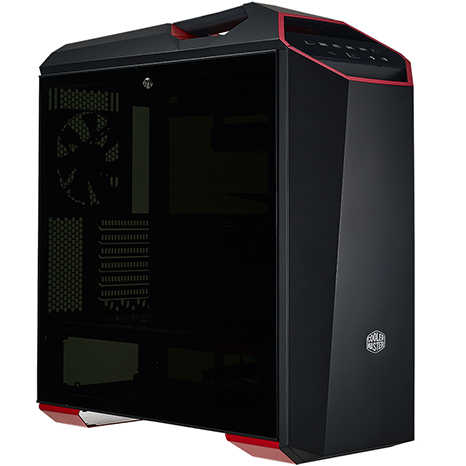Cougar Conquer Case Review
Why you can trust Tom's Hardware
Hardware Installation & Test Configuration
Since the Conquer is packaged unassembled, its installation kit was part of the photos of the Page 1 assembly. Moving on, we find that it has but three cables to connect to the motherboard: HD-Audio, the front panel button/LED group, and USB 3.0.
The included cable packs have labels that designate their purpose, yet none were labeled as being for the card slots. Leftover 3.5” drive screws can be used since they have the same #6-32 UNC threads, but so do the power supply screws, and those screws have wider heads.
The most creative builders will imagine all that empty space filled with liquid cooling gear, but it’s also useful for the minimization of heat pooling with our air-cooled hardware. This same hardware has allowed us to test everything from the mainstream up over the past two years and has only recently been downgraded on our second test system to accommodate the lower performance levels of modern glass-paneled enclosures.
The left side glass panel is a structural member of the Cougar Conquer, and we probably shouldn’t complain too much that the case must be laid on its side to install the glass since doing so allows the supports to line up with screw holes. Then again, we didn’t hold back any complaints about a previous case that likewise lacked locator pins upon which side glass panels could rest.
Comparison Cases
We haven’t reviewed any open platforms recently, particularly any vertical models. The Cougar Conquer is instead compared in the premium class based on price alone, where only the Tower 900 can offer a similar number of deviations from traditional designs.
Test Configuration
| Drivers & Settings | |
|---|---|
| Chipset | Intel INF 9.4.2.1019 |
| CPU | 4.2GHz (42x 100MHz) @ 1.2V Core |
| Motherboard | Firmware 17.8 (02/10/2015) |
| RAM | XMP CAS 16 Defaults (1.2V) |
| Graphics | Maximum Fan for Thermal Tests | Nvidia GeForce 347.52 |
MORE: Best Cases
Get Tom's Hardware's best news and in-depth reviews, straight to your inbox.
MORE: All Case Content
Current page: Hardware Installation & Test Configuration
Prev Page Features & Specifications Next Page Benchmark Results & Final Analysis